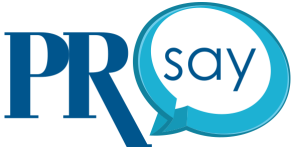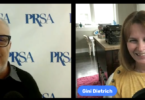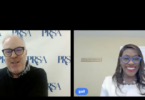Eight in 10 Internet users have looked online for health information, and many e-patients say the Internet has had a significant impact on the way they care for themselves or for others. Nearly one in four Internet users living with a chronic condition say they have gone online to find people who share similar health concerns.
It is no surprise that health care companies with practical information about treatments are eager to be where the patients already are — active in social media and social networking. However, the Food and Drug Administration’s repeated delays in issuing guidance on the use of social media leaves many stakeholders in the lurch.
The FDA plays an essential role as a protector of public health. It is charged with monitoring drug company promotional messages for fair balance and truthfulness, and it is committed to helping patients make informed health care choices. This is why the agency brought together patient organizations, corporations, educators and government representatives to discuss ways to improve printed patient medication information.
However, we need to use all available communications channels to help educate patients — including social media. It goes without reason that having access to information when patients need it and in the format they want would enhance their decision-making process. Millions of Americans are dependent on prescription drugs, yet research by the Mayo Clinic has shown that most patients can’t recall or do not understand the medication instructions they receive from health care providers.
Without a doubt, there will be problems and mishaps whenever the FDA’s guidelines are implemented. In the world of social media, you never know for certain what will happen. It is impossible to guess how social media will be used by patients or how it will evolve.
Take for example the use of Twitter. It was publicly launched in 2006 and now averages 140 million tweets a day. Yet the Flip camera, which was introduced three years ago and revolutionized the sharing of video, is shutting down production.
Patients will seek every means possible to get the best information they can in order to live a better life. In Europe, where there is a ban on direct-to-consumer pharmaceutical advertising, an even higher percentage of people rely on the Internet for health-care information.
Regulated health care companies and the public relations professionals who advise them are hamstrung by being denied the use of an effective educational tool the patient community relies on.
While I understand the important role of the FDA, the complexity of its assignment, and how uncomfortable it is to take that first step, its delay in issuing social media guidance only leads to a gap in open and transparent communication using a message delivery system that the public understands, wants and needs.
Leigh Fazzina is 2011 chair-elect of PRSA’s Health Academy, a health care social-media consultant and principal of Fazzina & Co. Communications Consulting Inc. The use of social media in patient communication will be one of the many topics discussed at the 2011 PRSA Health Academy Conference, April 27-29, in Washington, D.C. Follow commentary from the conference at #PRSAHealth.







[…] the entire article at PRSAY. […]
I have always been wearing of direct to consumer pharmaceutical advertising, especially when the list of side effects at the end of the commercial take up a majority of the advertisement. I agree that consumers may not be getting the full picture and it’s the FDA’s responsibility to fill that gap.
I can’t see why the FDA are dragging their feet on this – they could easily publish guidelines on how health care companies should interact with patients and customers over social networking platforms like Twitter and Facebook.
Actually, for the sake of simplicity, clarity and a reasonable timeline it would probably make more sense if a PRSA panel or group of PR professionals were to put together a draft of recommended guidelines to submit to the FDA for discussion and agreement.
[…] in April, Leigh Fazzina, chair-elect of PRSA’s Health Academy, wrote in PRSAY of the dire need for long-promised and oft-delayed social-media guidelines from the U.S. Food […]